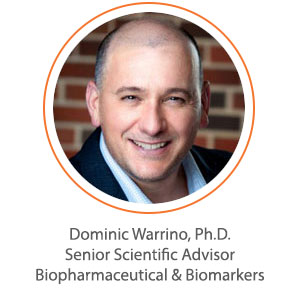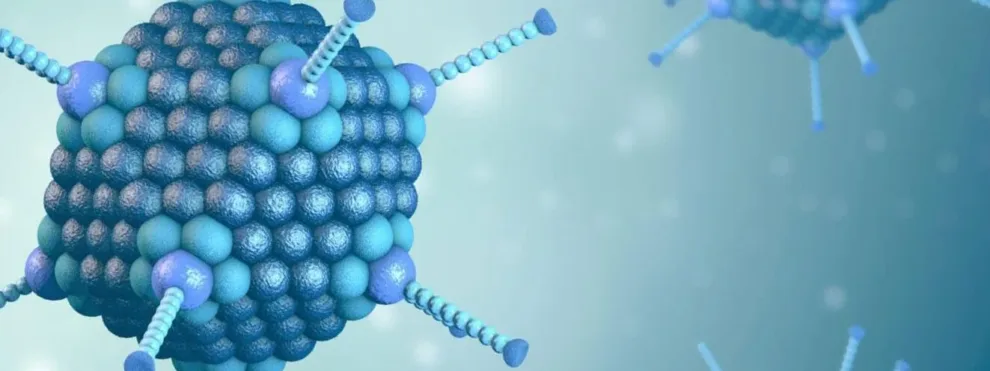
In 2022 we had 42 FDA Drug Approvals and 3 were Gene Therapies using a viral vector. 2 of the approvals in 2022 were AAV based. The third is manufactured by adding functional copies of the transgene to the patient’s own Hematopoietic Stem Cells (HSCs) ex vivo via transduction of autologous CD34+ cells with Lentivirus (LVV). After infusion, transduced CD34+ HSCs engraft in the bone marrow and differentiate to cells generating the transgene. So how do you propose you measure that using a PK guideline for bioanalysis? Obviously, the field has progressed to know this square peg will not go into that round hole. If you are unfamiliar with Bioanalytical PK regulations it has several fundamental requirements, but none more paramount than having to mimic collection of a patient sample using a reference standard. Guidelines are emerging for cell and gene therapies, but I think we can expect, like the early stages of bioanalysis, for Large Molecules we will need Biotech/Pharma, Regulators, and CROs to continue to openly share expectations and feedback.
Scientists take advantage of viral vectors, and in recent years we have learned how to engineer viral vectors to safely get integrated into cells and use the host machinery to transcribe new proteins to treat diseases. The viral vector field has continued to evolve to make the therapies more potent and longer lasting by encapsulating them and making them into nanoparticles. Additionally, they are getting so sophisticated that they are blending various viral vectors together using portions that use advantages from a given strain remove the negative portion of a given strain. Lastly, the latest and greatest are PNCs (peptide-nanoparticle conjugates) that can act like ADCs (antibody drug conjugates) by targeting the tumor or tissue that you want the nanoparticle to deliver the transgene. These types of approaches are resulting in some therapies showing long lasting efficacy with a single treatment/injection. When I started working in the cell and gene therapy field in the mid-90s it was considered impossible.
The role bioanalysis plays is emerging but one critical junction is how to determine the lower limits of detection/quantification for PCR based assays to measure AAVs and other viral vector therapies. Now more than ever we find the GLP world and the companion diagnostic/clinical lab world working together to support the bioanalysis of Viral Vector based therapeutics. The challenge is the clinical labs have evolved to validate Quantitative PCR (qPCR) and Digital Droplet PCR (ddPCR)-based methods using practices that are considered heresy in the GLP Bioanalytical world. The communities will find common ground but how fast they come to agreement followed by the regulatory agency’s blessings is still to be determined. Until this common ground is achieved, how you GLP validate your methods will most likely rely heavily on the CRO community.
The AAPS community is at the forefront of addressing how to GLP validate Molecular based assays. Everything from how to GLP validate the latest and greatest software to defining what the performance characteristics for a GLP validation should entail to testing Encapsidated viral plasmid for viral shedding assays and biodistribution studies, the community welcomes the discussions. We at KCAS have been supporting bioanalysis drug development for over 42 years and our Cell and Gene Therapy (CGT) team has the expertise, equipment/facility, and experience to support your GLP and non-GLP bioanalytical Viral Vector Drug Development needs.

